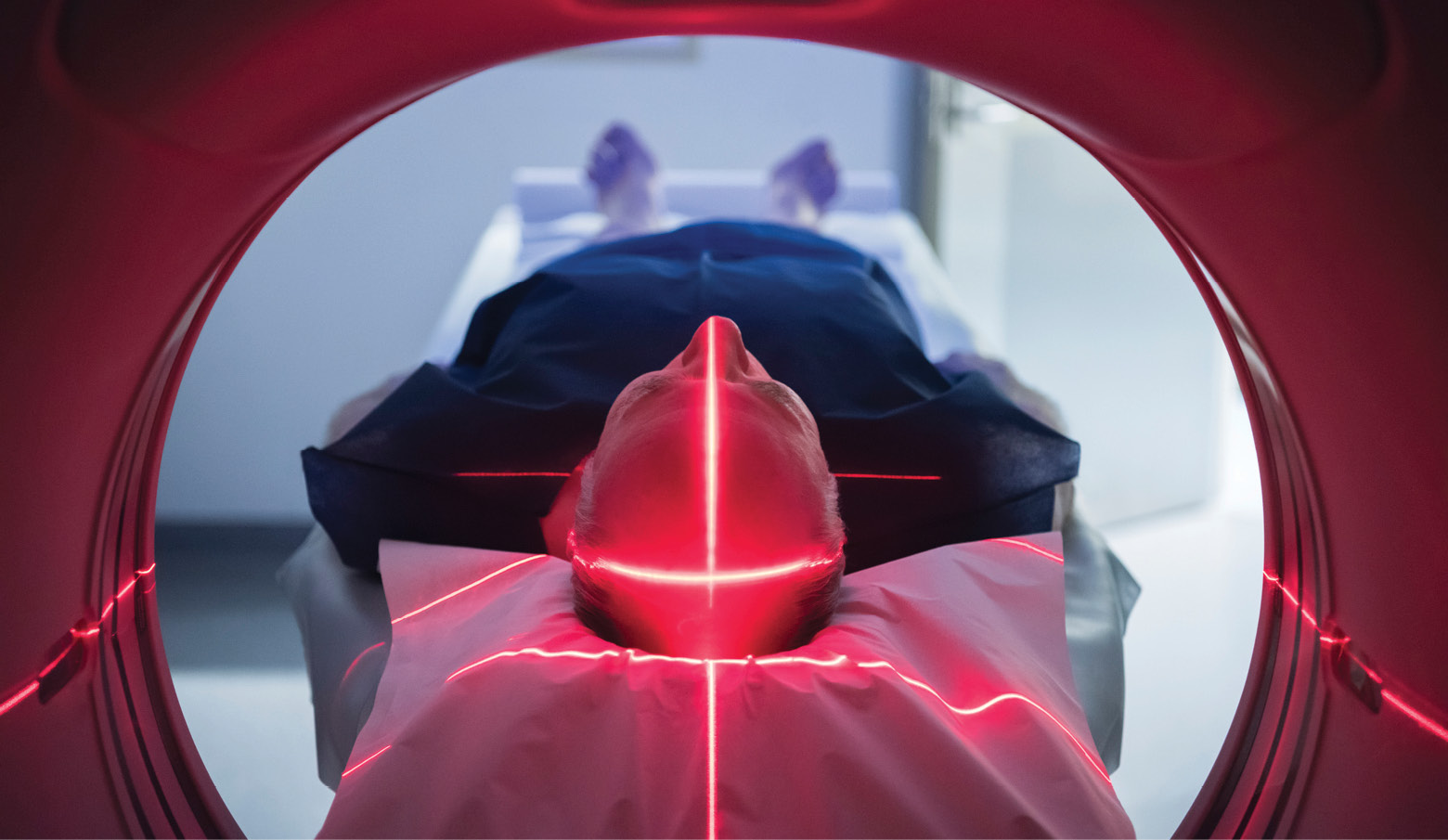You may have heard of a new fad called whole or full-body magnetic resonance imaging (MRI) screening. An MRI uses a magnetic field to create pictures of the body. Compared with other tests, it creates better pictures of the soft tissues inside your body.
Screening tests are done for people without symptoms to find a disease earlier when it might be nipped in the bud. If you had a screening colonoscopy or mammogram, you had a screening test shown in clinical studies to reduce the risk of death. These exams are usually covered by insurance.
Full-body MRI screening has not been shown to save lives yet, but several private companies are now offering the service. In most cases, these scans are not covered by insurance and can cost about $2,500 or more.
Is it beneficial?
If you can afford the scan, is it worth it? For many people, the answer is probably not. Even with the best MRI technology and the best radiologists to read the scan, there are few slam-dunks in noncontrast MRI diagnosis.
A recent review of whole-body MRI for preventive health screening, published in the European Journal of Radiology, included scans of 576 healthy adults with an average age of about 50. The scans found something in about one-third of the adults. About 11 percent of the findings led to some type of treatment.
Finding something may lead to what has been called the cascade of care. One test can lead to another and another. That is the risk part of the equation. The private company MRIs do not use contrast, an injected substance that lights up the scan and improves diagnostic accuracy. The next step is often a contrast MRI, which carries a small amount of risk. The contrast is called gadolinium. There are some recent studies finding some of the gadolinium may remain in the brain. Researchers are still not sure what this means.
More tests may lead to a biopsy for a final diagnosis. Biopsies have complications, like bleeding, infection, or damage to nearby organs or structures, especially if the biopsy needs to reach deep into the body.
What are the benefits?
A full-body MRI from one of the new clinics is easy to get. You don’t need to ask your primary care provider to schedule it. You can do it yourself online. There are no injections of contrast material. The scan takes only about 40 minutes. The big benefit is finding something early that responds better to early treatment, like most cancers. The other benefit is the peace of mind you may get if the scan is negative, finding nothing abnormal.
Limitations
More studies with bigger numbers will be needed before medical societies recommend these scans and insurances pay for them. For medical societies, approving a screening test is a matter of statistics. Do enough studies show that the benefits will outweigh the risks and save lives?
The peace of mind you get from a negative scan needs to be tempered by the possibility that the scan missed something. In the European Journal of Radiology study, almost 3 percent of the scans turned out to be false negatives, meaning they missed something important, including five missed cancers. There is also the reality that any scan is just a snapshot in time. Another scan in a few months might not be negative.
Other options
If you have the money and you understand the risks, you may decide that a full-body MRI makes sense for you. The other option is to show up for all your wellness visits and get all the screening tests that are approved and paid for. If you develop any symptoms or anything shows up in your routine testing, your doctor can order a more targeted MRI if needed. Think of the full-body MRI as an additional option. It could be something you do in addition to your routine wellness care, but should not be an option you chose in place of that care.

